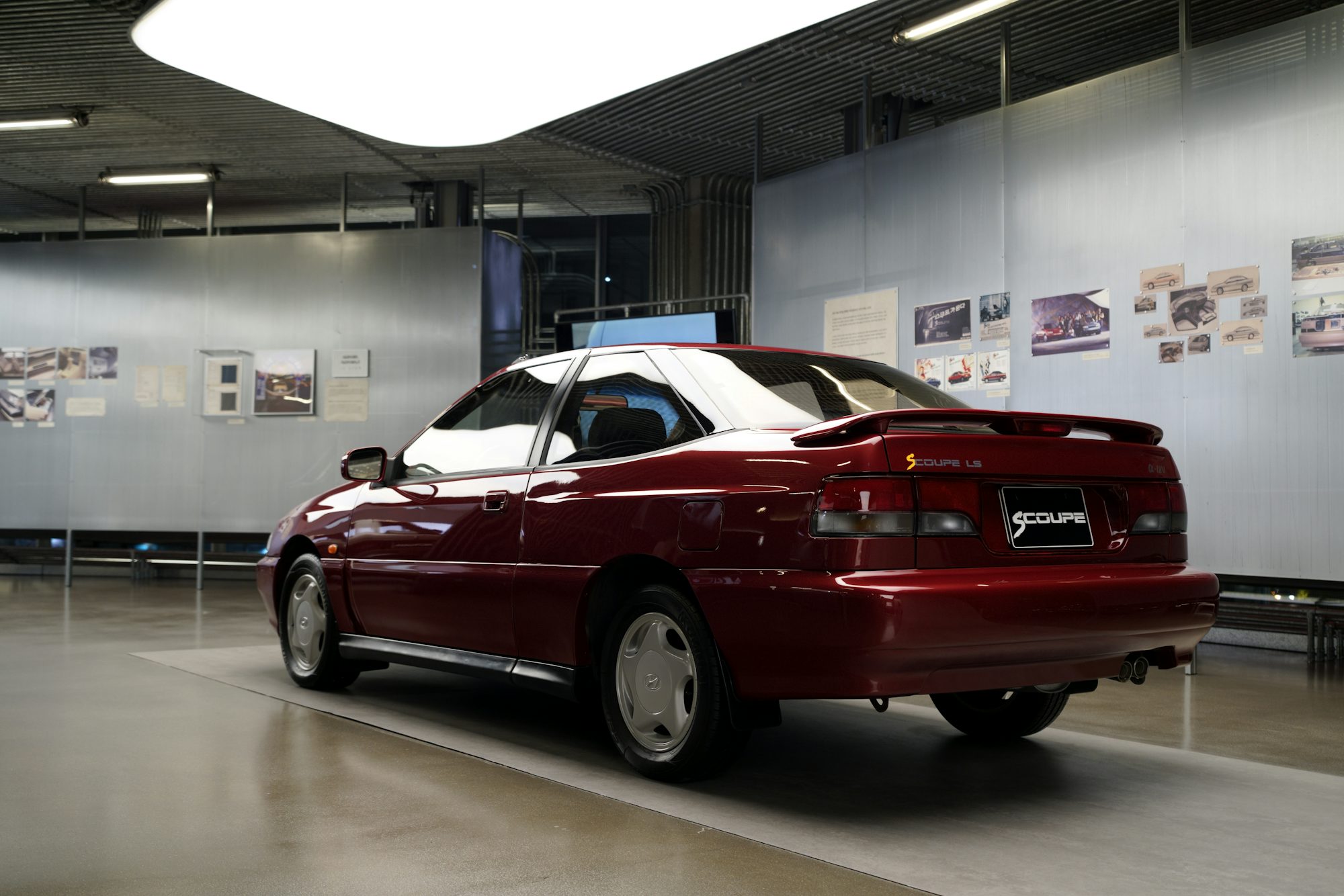Innovations in Automotive Technology: A Roadmap to the Future
An exploration of the latest innovations in automotive technology, focusing on electric vehicles, autonomous driving, and smart connectivity, and their implications Motor Sports for the future of transportation.
The Electric Vehicle Revolution
Electric vehicles have become synonymous with the future of transportation, and for good reason. The shift from traditional internal combustion engines to electric power is a significant step towards reducing greenhouse gas emissions and combating climate change. Major automakers, including Tesla, Nissan, and Volkswagen, are leading the charge in developing a diverse range of EV models that cater to various consumer preferences.
The benefits of electric vehicles extend beyond environmental concerns. As battery technology continues to advance, EVs are achieving longer ranges, faster charging times, and lower overall maintenance costs. The proliferation of charging stations, supported by both public and private investments, is further enhancing the convenience of owning an electric vehicle. As consumers become more aware of the advantages of EVs, demand is expected to surge, encouraging more manufacturers to enter the market.
Autonomous Driving: Redefining Mobility
The concept of autonomous vehicles represents a transformative leap in automotive technology. With the ability to navigate and operate without human intervention, self-driving cars promise to revolutionize mobility as we know it. Companies such as Waymo, Uber, and Tesla are at the forefront of developing advanced driver-assistance systems (ADAS) that enhance safety and convenience.
Autonomous driving technology leverages an array of sensors, cameras, and artificial intelligence (AI) to analyze the vehicle's surroundings and make informed decisions in real time. The potential benefits are immense: reduced traffic accidents, increased efficiency in transportation systems, and improved access for individuals who are unable to drive. However, the widespread adoption of autonomous vehicles also raises important questions regarding regulation, liability, and public acceptance.
Smart Connectivity: The Future of In-Car Experience
As vehicles become increasingly connected, the integration of smart technologies is enhancing the overall driving experience. Modern vehicles are equipped with advanced infotainment systems that offer seamless connectivity to smartphones, navigation tools, and entertainment options. This technological evolution not only keeps drivers informed but also allows them to stay connected while on the go.
The concept of Vehicle-to-Everything (V2X) communication is gaining momentum, enabling vehicles to interact with each other, traffic signals, and infrastructure. This communication can enhance safety by providing real-time information about road conditions, potential hazards, and traffic patterns. By fostering a connected environment, automakers can improve traffic flow and reduce congestion, ultimately leading to a more efficient transportation system.
Sustainability and Eco-Friendly Practices
In response to the growing emphasis on sustainability, automakers are adopting eco-friendly practices throughout their operations. The push for a circular economy is gaining traction, encouraging manufacturers to prioritize recycling and the use of sustainable materials. Many companies are now incorporating recycled plastics and metals into their vehicles, reducing their reliance on virgin materials and minimizing waste.
Additionally, the shift towards renewable energy sources in manufacturing processes is becoming more prevalent. Automakers are investing in solar and wind energy to power their factories, contributing to a reduced carbon footprint. By integrating sustainable practices into their business models, manufacturers can appeal to environmentally conscious consumers and position themselves as leaders in the green revolution.
The Impact of Shared Mobility Solutions
The rise of shared mobility solutions is reshaping the traditional notion of vehicle ownership. Ride-sharing services like Uber and Lyft, along with car-sharing platforms such as Zipcar, are providing consumers with flexible transportation options that reduce the need for personal vehicles. This trend is particularly evident in urban areas, where parking and maintenance costs can be burdensome for residents.
Shared mobility presents an opportunity for automakers to diversify their business models. Instead of solely focusing on selling vehicles, many manufacturers are exploring partnerships with mobility service providers or developing their own platforms to facilitate shared transportation solutions. By embracing this trend, automakers can tap into a growing market while promoting more sustainable transportation practices.
Global Trends and Regional Differences
The innovations shaping the automotive industry are not confined to one region; they are influenced by global trends and varying regional dynamics. Different countries are at different stages in the transition to electric and autonomous vehicles. For example, European nations are often leading the way in implementing stringent emissions regulations, while China is making significant investments in EV infrastructure.
The diversity of consumer preferences across regions also plays a critical role in shaping automotive innovations. In developing markets, the demand for affordable and accessible vehicles remains strong, prompting manufacturers to create cost-effective solutions. Conversely, in affluent markets, consumers may prioritize luxury features, advanced technology, and sustainability.
Challenges and Opportunities for the Future
While the automotive industry is poised for significant growth, several challenges must be addressed to fully realize the potential of these innovations. Infrastructure development, particularly for electric vehicle charging stations, remains a critical hurdle. Governments, automakers, and private companies must collaborate to create a robust network that supports the widespread adoption of electric vehicles.
Moreover, the transition to autonomous vehicles necessitates a comprehensive regulatory framework to ensure safety and public acceptance. Addressing concerns about data privacy and cybersecurity is also paramount as vehicles become increasingly connected. By prioritizing consumer trust and safety, automakers can facilitate the smooth integration of new technologies into everyday life.
Conclusion
The future of mobility is being shaped by a confluence of innovations in electric vehicles, autonomous driving, and smart connectivity. As the automotive industry adapts to changing consumer preferences and environmental concerns, the potential for transformative change is immense. By embracing these trends and addressing the challenges that lie ahead, automakers can lead the way toward a more sustainable, efficient, and connected world of transportation. As we look to the future, the road ahead promises to be exciting, with endless possibilities for innovation and progress.